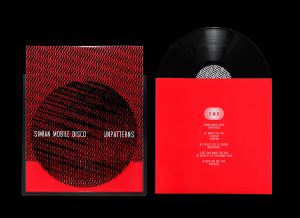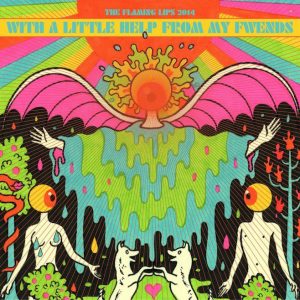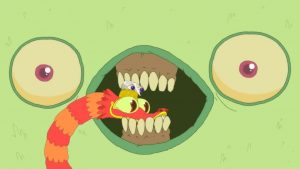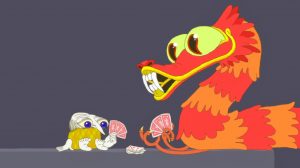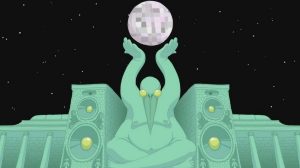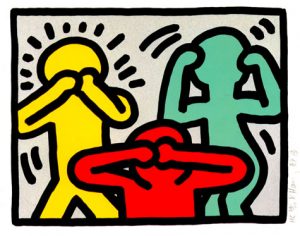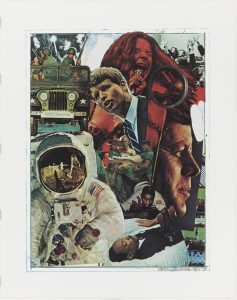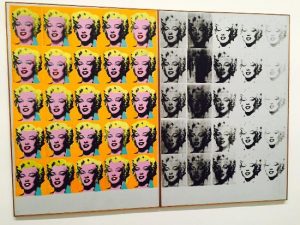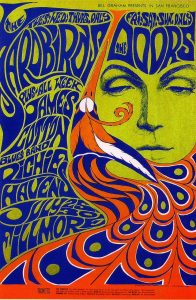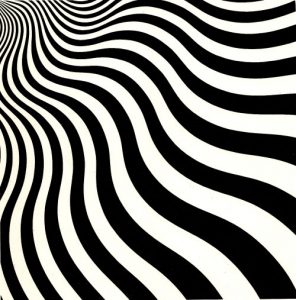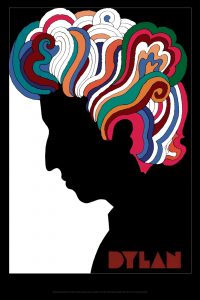In this module I have furthered my research skills, broadened my understanding of art history and pushed myself to analyse more closely the work of others.
Through the research tasks set in this module I have discovered how valuable researching art movements and not just individual artists is. This has allowed me to discover new artists with ease, reading about artists and then about artists involved in similar work at that time. Researching art movements has also allowed me to discover artists across a variety of mediums that all work to the same ideals and themes. This means that I have been broadening my field of research across different time periods, medium and values, giving me a wider variety of references to call upon in my practical work.
In the task regarding authenticity I began to further understand the value of using quotes to support my work. By using quotes from Picasso and Austin Kleon I was able to convey a broader understanding of the topic at hand and they helped me to summarise certain points I was trying to make. This applies to using quotes throughout this module and I feel I have begun to learn the importance of quoting reputable sources on a particular topic.
Through comparing different pieces of work I have pushed my ability to analyse the work of others, looking further into the social and political events of the time, as well as reading into some of the more subtle and suggestive themes in different artist’s work. In the second task of this module I compared Stanley Kubrick’s A Clockwork Orange to the Vertigo comic book series “Transmetropolitan”. This was a challenging task as the two are very different mediums but I had very strong feelings for the two and really took the time to make strong points in my comparison.
Something I have enjoyed in my research for these tasks has been researching the influences of the artists I’ve been influenced by. For instance, in another task I referred to the work of Kate Moross, one of my biggest contemporary influences. I linked the work of Moross to that of Bridget Riley, one of my favourite artists from the Op Art movement. In doing so I have shown that I am looking further into my influences and aiming to discover their roots in order to better understand their creative process and to thinking as designers.
These aspects of my research will benefit me in my practical work as it will expand the way I think about my influences, analysing further the work of artists I admire and reading up on the social and political context surround pieces of work. Working in this way allows me to move forward and create new work with the ability to draw upon a much broader and varied range of sources.

